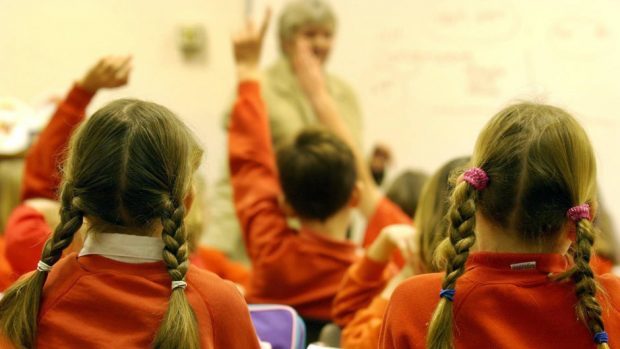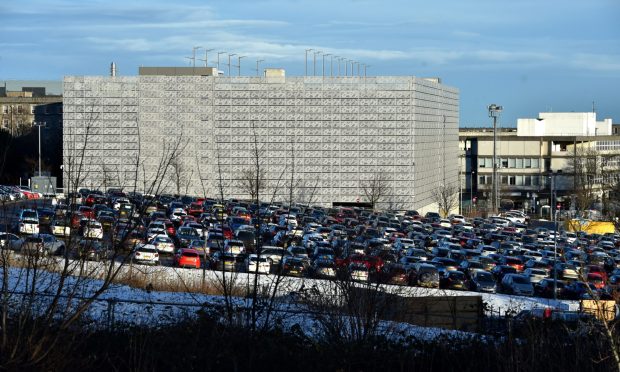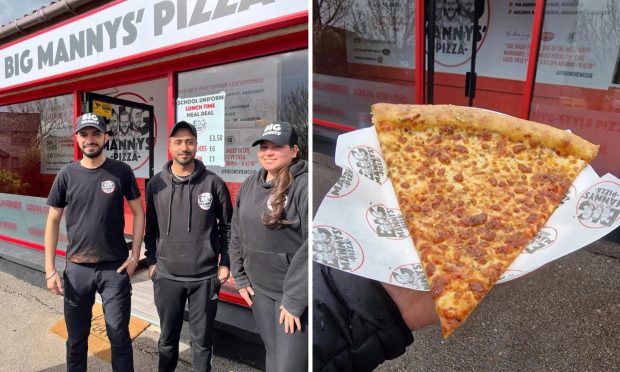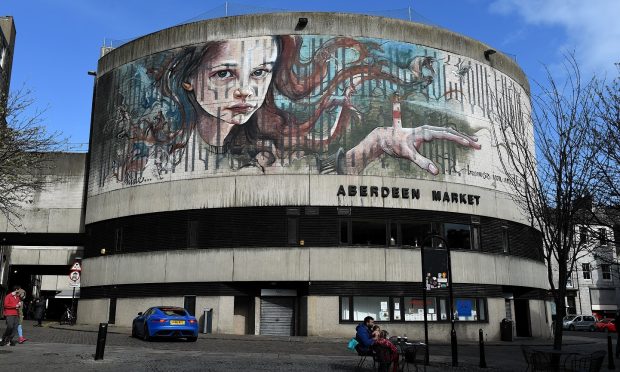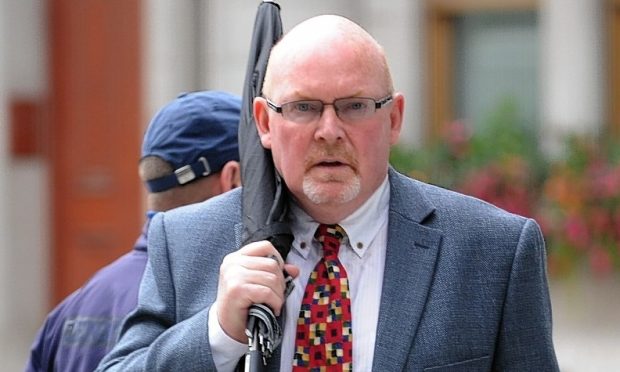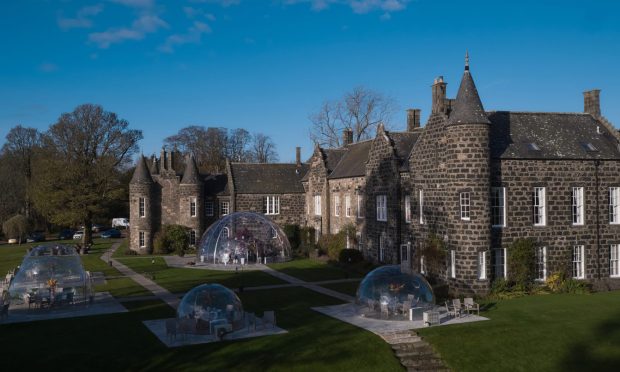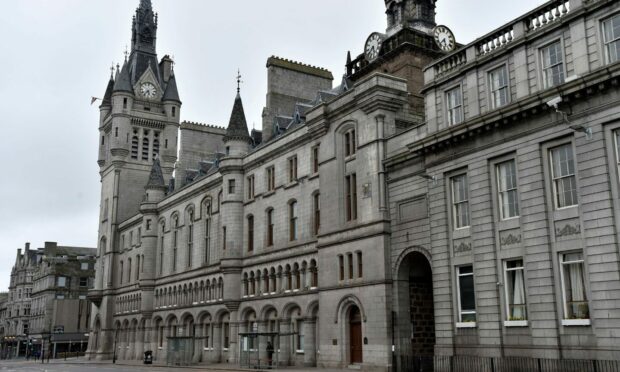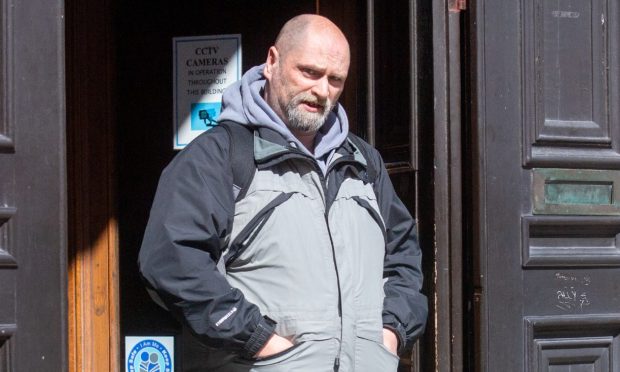Education chiefs in Aberdeenshire spend close to £40,000 a year sending seven pupils to the city to study Gaelic.
The figures are detailed in a report which will be discussed by Aberdeenshire Council’s education committee this week.
Last year, £37,570 was spent on sending the pupils to Gilcomston School in Aberdeen for Gaelic medium education (GME), where primary aged children are taught the curriculum in the traditional language.
And education chiefs project that the transportation costs for the pupils – from the Portlethen, Stonehaven and Inverurie – will reach £39,000 for the school year 2017/18.
Under Scottish Government legislation, councils have to provide access to Gaelic education, but Aberdeenshire council contracts out the service to Aberdeen city, stating there has so far been insufficient demand in the area to support the council establishing its own unit.
In June the Press and Journal reported that the city council had set aside more than £300,000 for teaching Gaelic in Aberdeen schools this year.
The figures obtained by freedom of information show that in 2017-18, about £124,000 will be spent on the language at Gilcomstoun Primary, £28,371 at Gilcomstoun nursery and £36,204 at Hazlehead Academy.
Last night, Robert Lovie, Scottish language entertainer and broadcaster, said he hoped the same financial support would be provided for the north-east’s “Mither Tongue”.
He said: “Gaelic is a wonderful language and an important part of Scotland’s history and heritage.
“But from my point of view there are other strong dialects out there that are hugely important, Doric among them, which are used by people every day.
“I have got no objections to anyone teaching Gaelic but I would like to think the council is spending the same amount of money teaching our children Doric.
“If you are teaching Gaelic then you should be teaching Doric as well, because it’s far more important in this part of the world.”
North-east MSP Lewis Macdonald – whose daughter was a GME student at the school – said it was the best option for the Aberdeenshire.
He said: “It seems a sensible compromise and probably reflects the level of demand.
“Councils have to make GME available but they aren’t always able to do so in their area.
“Children going into the city for classes will not be unusual and it also probably helps to keep the Aberdeen unit sustainable.”
In April Moray Councillors branded the Scottish Government the “Gaelic Gestapo” after they were forced into backing plans to spend thousands of pounds promoting the language.
Road signs will now be written in Gaelic and English and the language will be taught in schools, with the local authority having to train staff to speak it.
A recent study by Strathclyde University found that the parents of Gaelic students could be the key to the continuation of the language – even if they are themselves non-speakers.
Both Aberdeenshire council and education convener Gillian Owen declined to comment prior to the meeting, which takes place on Thursday, August 31.
